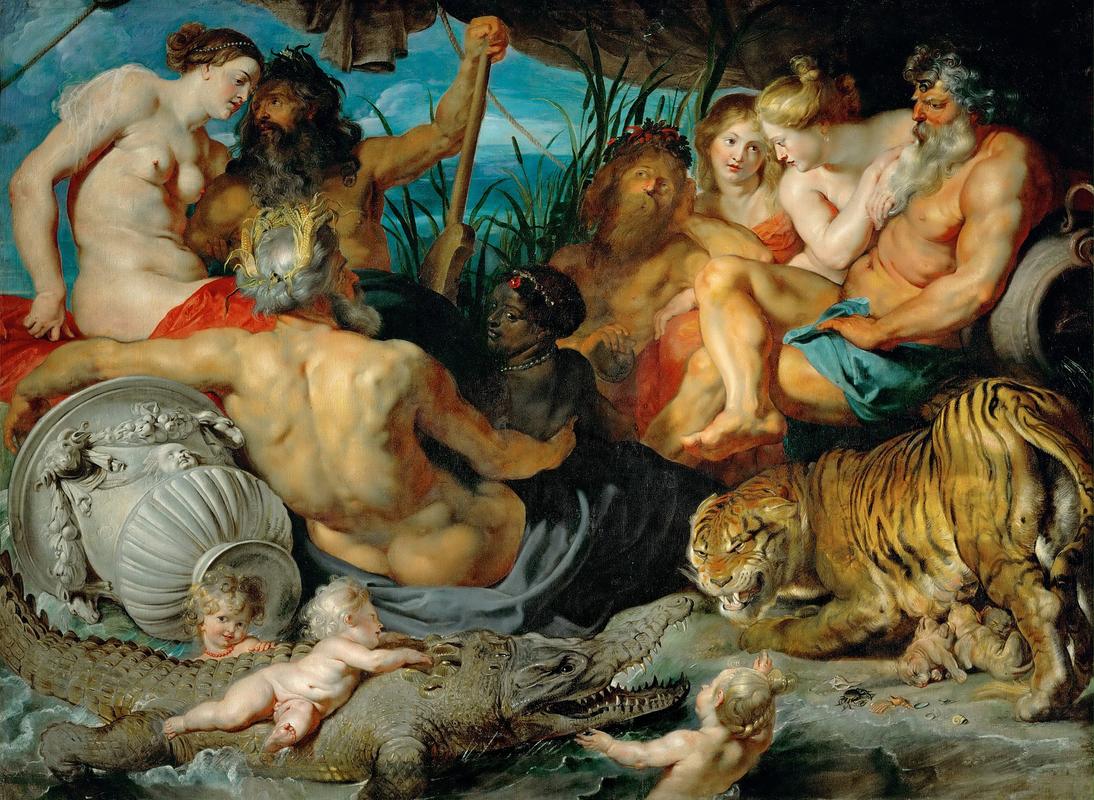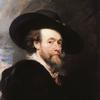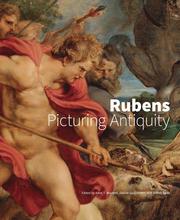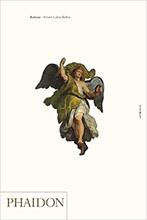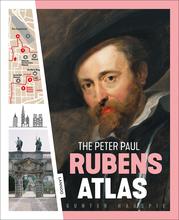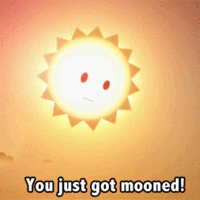More about The Four Rivers of Paradise
- All
- Info
- Shop

Sr. Contributor
The four quarters of the globe, or an anthropologist’s nightmare?
The women represent the four known continents. Africa is the black woman in the middle, Asia and America are the two blondes, and Europe is the sassy brunette. Antarctica hadn’t been discovered yet, and the Americas were viewed as a single continent. Most Europeans considered stories of “Terra Australis”, the mysterious land to the far South, to be rumors until Captain Cook more extensively explored Australia almost two centuries after this painting was completed. Interesting how Europeans don’t believe anything exists until some white guy says it does.
Africa is the only non-European character Rubens attempted to portray with any degree of ethnic realism. Perhaps the slave trade gave him contact with Africans he simply didn’t have with Asians and Native Americans; though Rubens drew a highly realistic sketch of a Korean man not long after this, suggesting some degree of contact with the far East. Or maybe Rubens was just a product of his Eurocentric, racist times. To be fair, Africa is portrayed as an attractive, goddess-like figure in the center of the composition rather than the groveling servant one typically sees in paintings of the era. However, her position in the shadows of the others in the arms of a white man speaks volumes of the subservient image Europeans had of Africans.
The ripped, bearded guys putting the moves on the girls are in fact river gods, representing the great rivers of the world. The Nile embraces Africa, the Danube is next to Europe, and the Ganges and Rio de la Plata are snuggling up to Asia and America.
Rubens didn’t portray female anatomy any more accurately than he did ethnicity. Rubens is legendary for his voluptuous female figures, though the ladies here seem more muscular...almost androgynous. Male artists of the time had limited access to live female models, relying primarily on brief glimpses of their wives and mistresses before sexy times, when they were thinking with their other paintbrushes, if ya’ know what I mean. Consequently, Rubens sometimes improvised by painting boobies and wide hips onto male models, hence Europe’s Gerard Butler biceps and tiny, overly high breasts.
If the crocodile’s bizarre, crooked snout is any indication, Rubens didn’t fare any better as a zoologist than he did as an anthropologist or female anatomist. The snarling tigress protects her suckling cubs from the encroaching river beast. She’s a much more protective mother than whatever idiot thought it would be a good idea to let her babies ride a crocodile.
Featured Content
Here is what Wikipedia says about The Four Continents
The Four Continents, also known as The Four Rivers of Paradise or The Four Corners of the World, is a painting by Flemish artist Peter Paul Rubens, made between 1612 and 1615. Rubens painted this piece during a time of truce in the Eighty Years' War known as the Twelve Years' Truce. The painting depicts the female personifications of the four continents (Europe, Asia, Africa, and America) with the male personifications of their respective major rivers (the Danube, the Ganges, the Nile, and the Río de la Plata). The painting also depicts three putti in the foreground along with a crocodile, tigress, and her three cubs. An important figure in this piece is the woman in the middle who personifies Africa. She was one of the two black women Rubens painted at the time.
There have been two different interpretations on this piece from the scholars Elizabeth McGrath and Jean Michel Massing. Both scholars presented different interpretations for who the figures are personifying. Other ideas have suggested that Rubens was driven by his own religious influences when creating the piece. Since 2015, there has also been some important restoration work done on both the painting and its frame.
Check out the full Wikipedia article about The Four Continents

